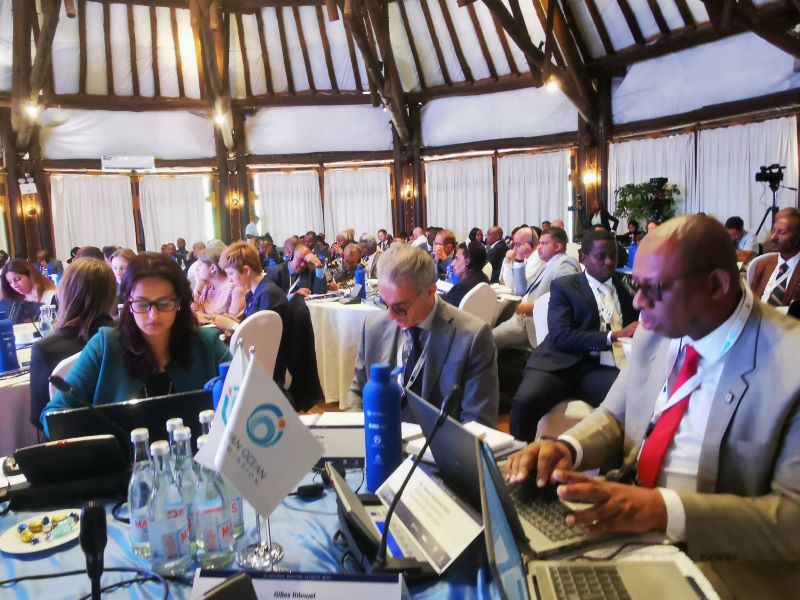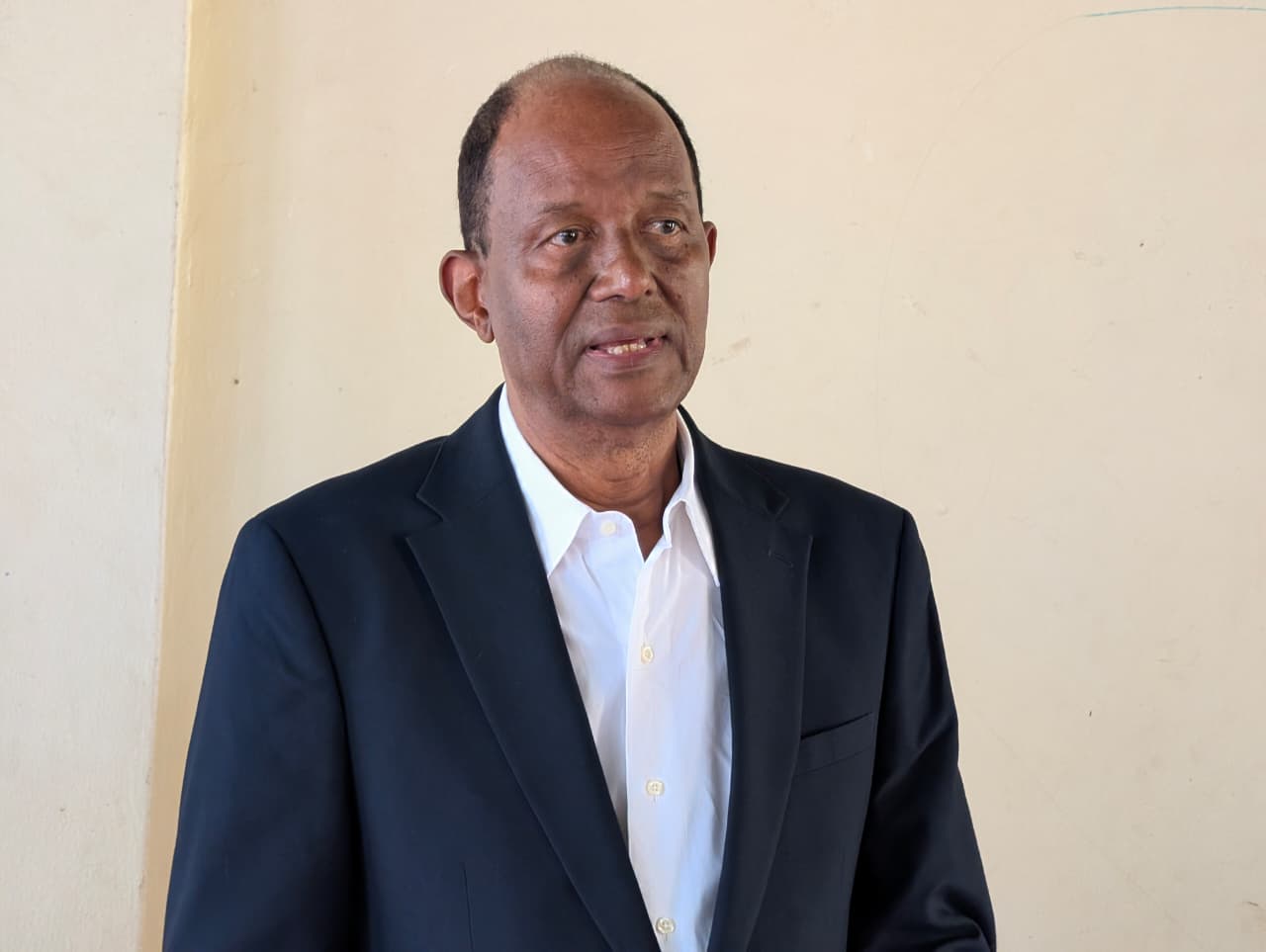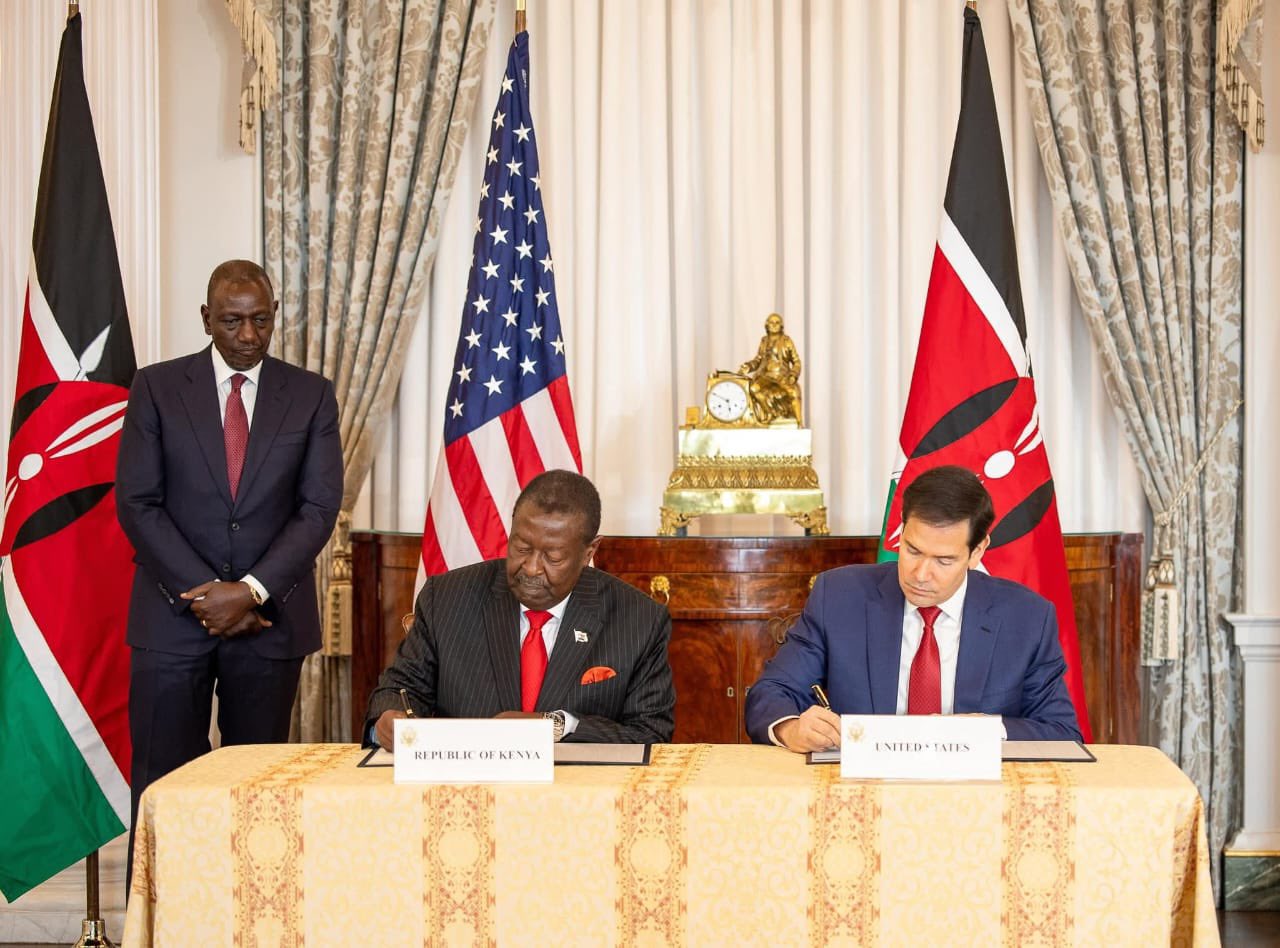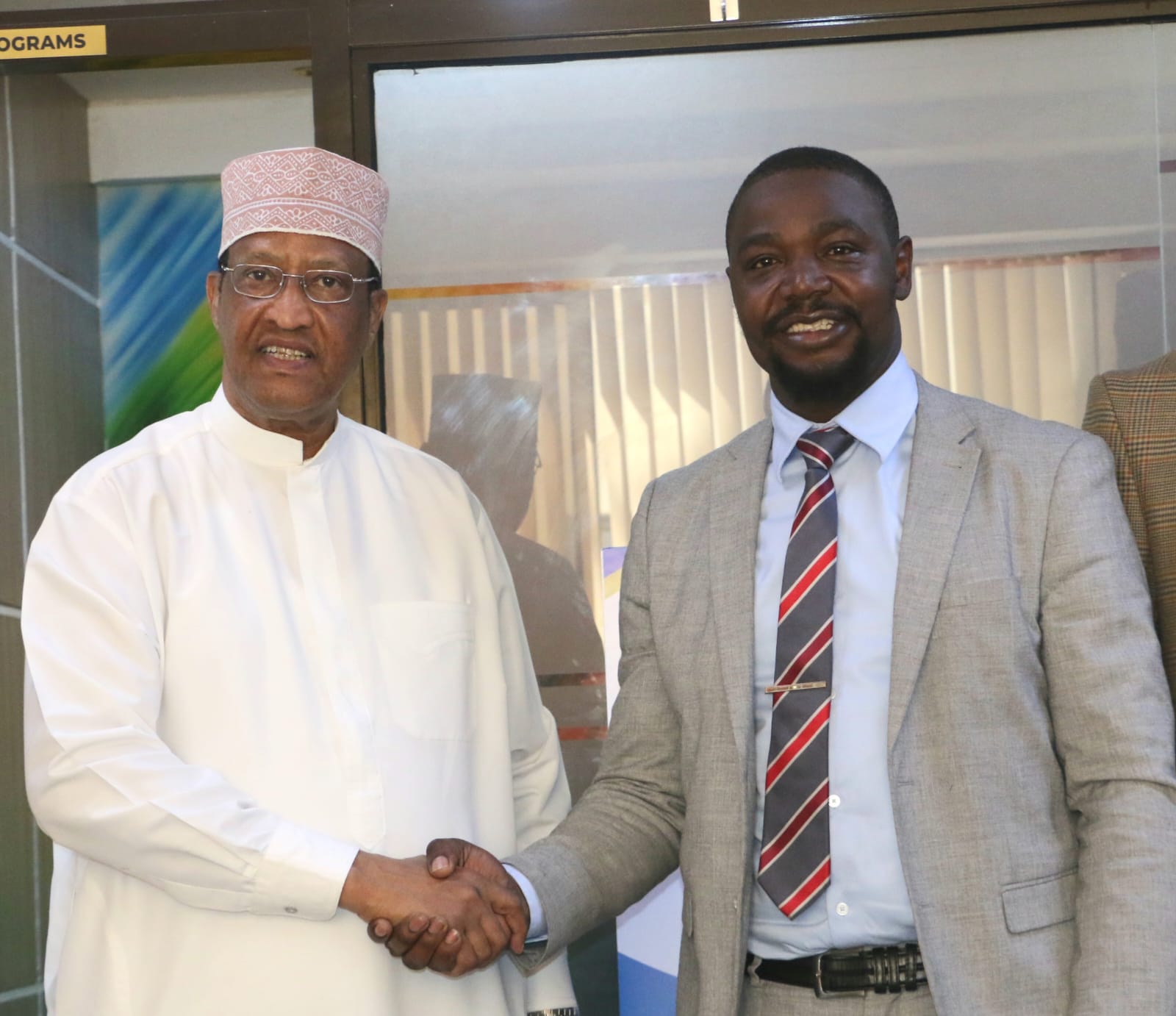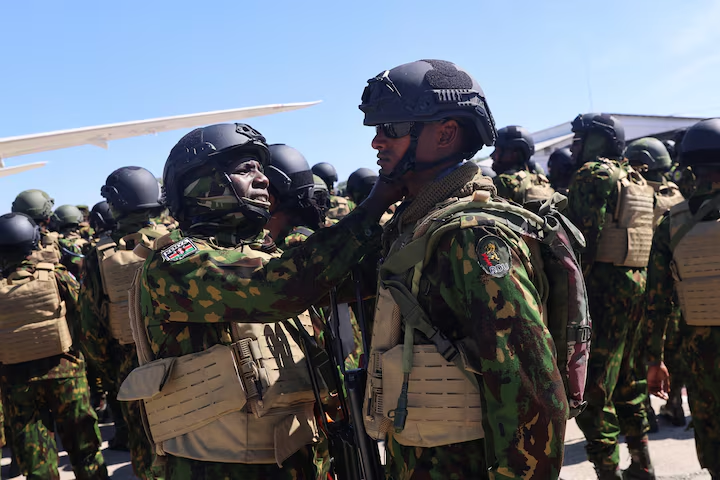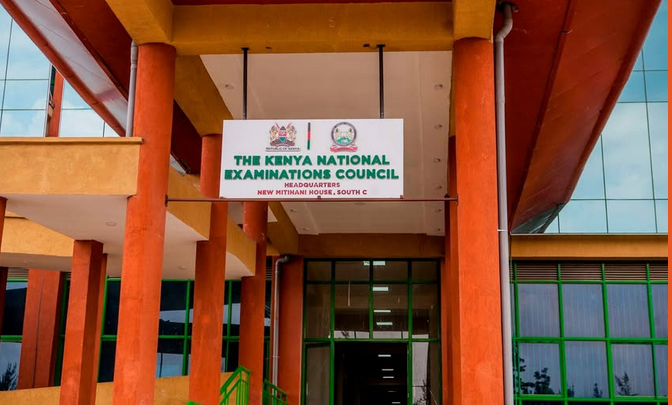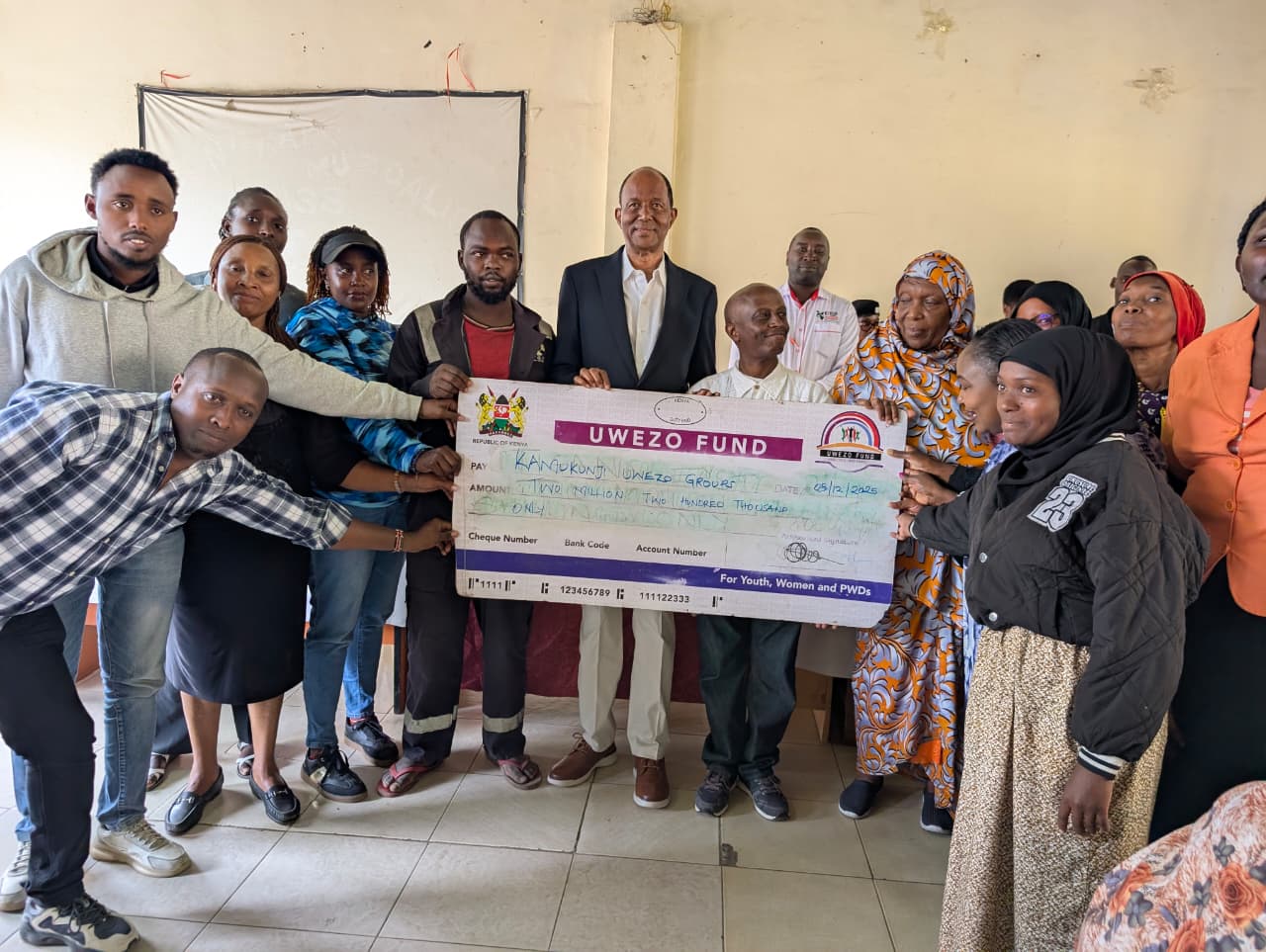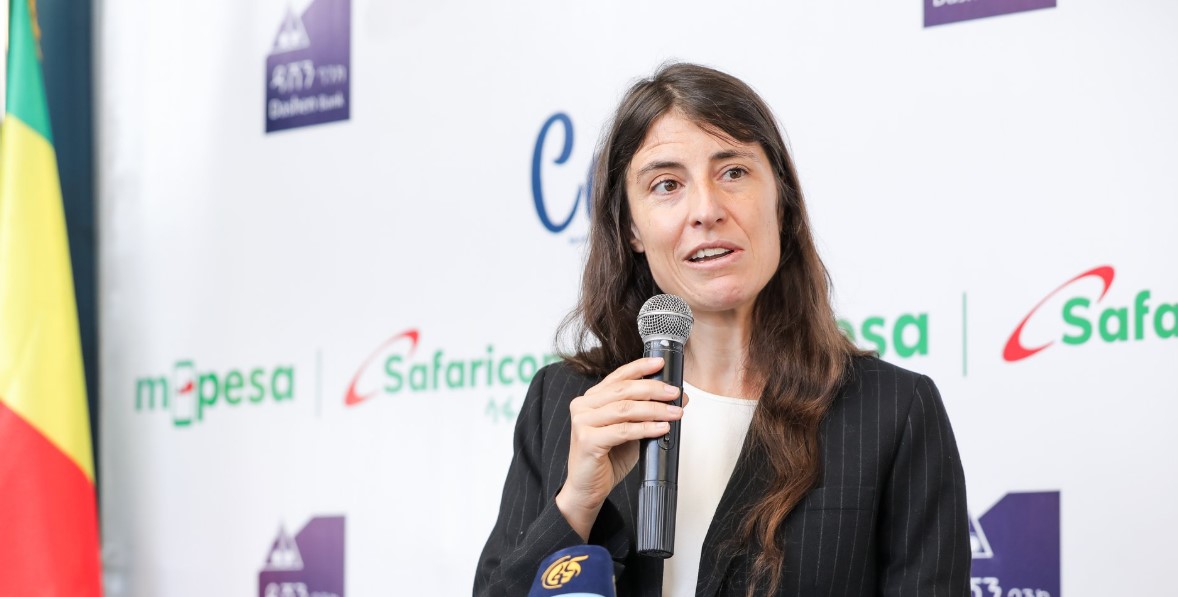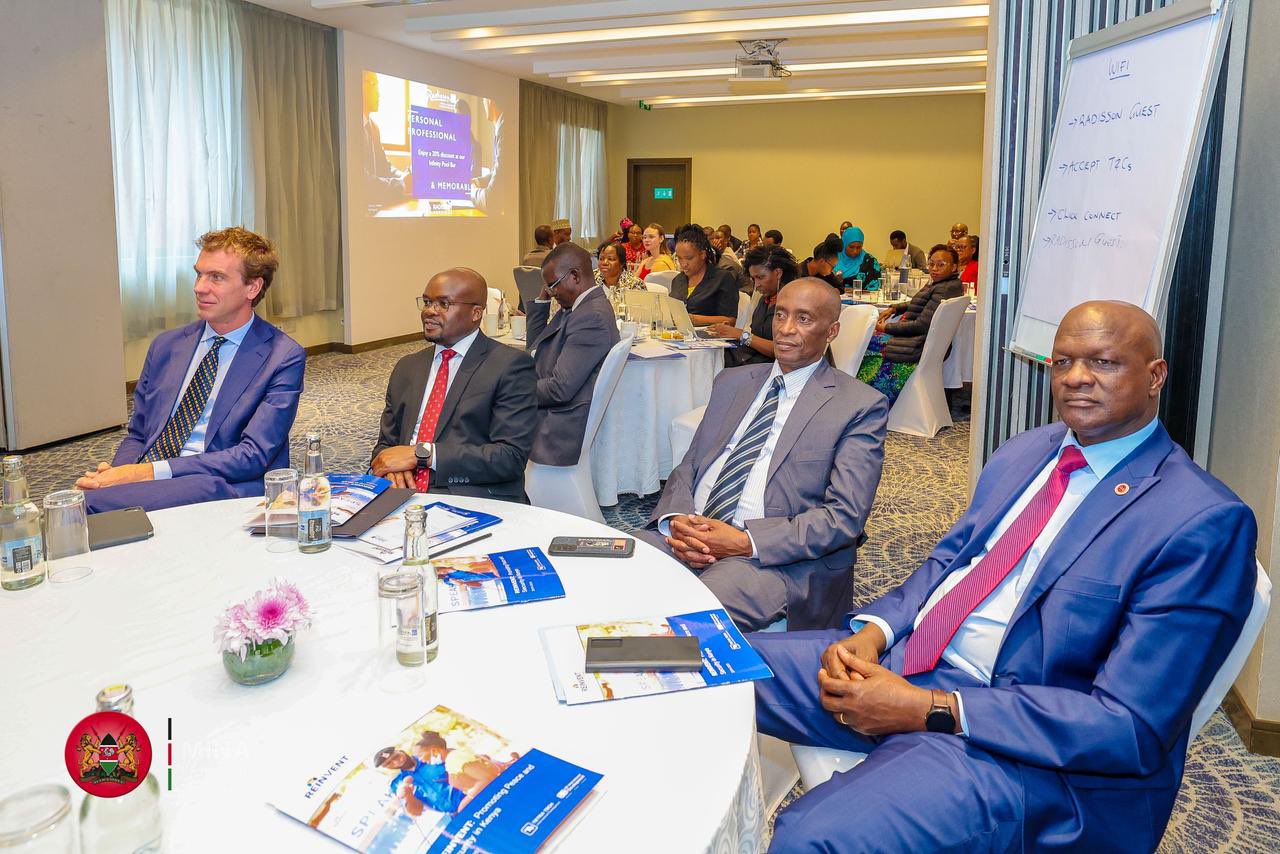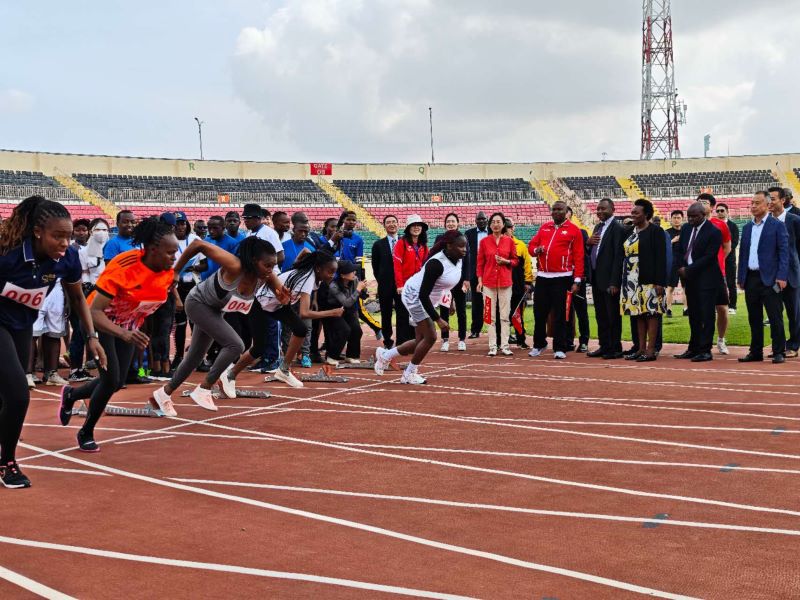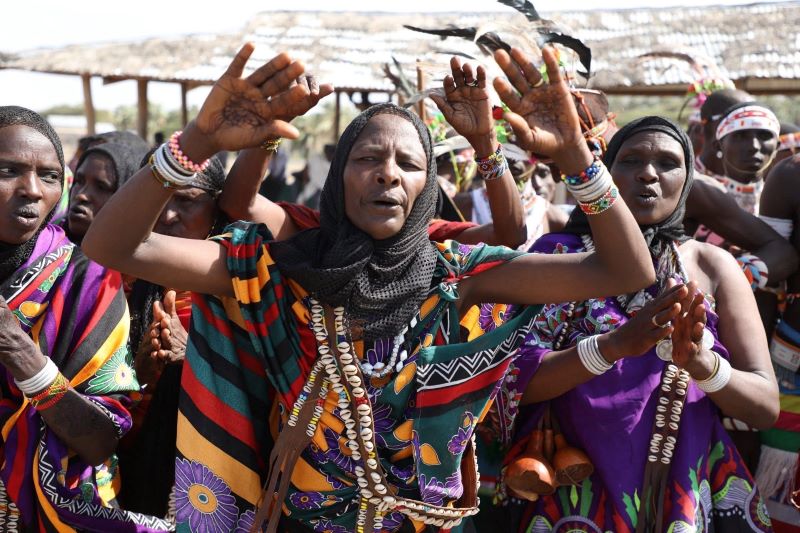Over 2,000 children trafficked, nearly 4,000 displaced in Kenya’s growing child welfare crisis
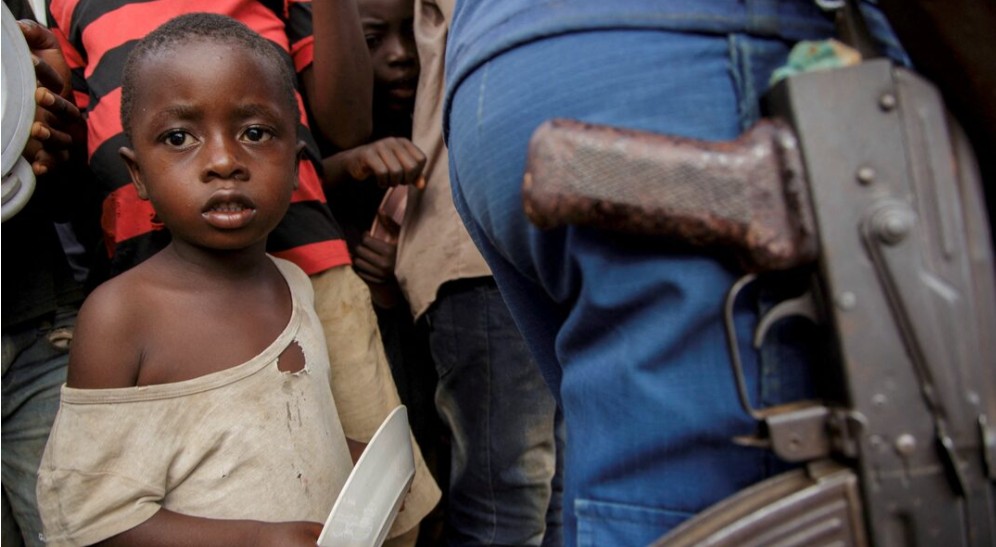
From displacement to loss of documentation and fleeing home countries, the data paints a clear picture: for many children in Kenya, safety, support, and stability remain out of reach.
More children were forced out of their homes or taken against their will last year, a new report by the Kenya National Bureau of Statistics (KNBS) has revealed, raising deep concern over the state of child safety in the country.
In 2024, a total of 3,816 children were reported as displaced, while 2,031 were identified as victims of trafficking, figures that point to an alarming rise in cases that strip children of safety and freedom.
More To Read
- Seven Lunga Lunga children’s homes to be closed over child trafficking allegations
- IGAD ministers renew regional pact on refugees as Kenya demands fair burden‑sharing
- IOM launches global campaign to support human trafficking survivors
- The hidden risks of sharing children’s lives online
- Senator Hamida demands action over child sex trafficking in Maai Mahiu
- Somalia ratifies African Charter on Child Rights in landmark vote
In 2023, only 101 cases of child displacement had been recorded alongside 2,009 cases of trafficking.
Behind the numbers are real lives interrupted, children removed from their homes, many ending up in unfamiliar places and unsafe conditions. The report shows that children continue to bear the brunt of worsening social and economic pressures, leaving them more exposed and vulnerable.
“Cases of violence against children also remained high at 72.7 per cent, an equivalent of 123.08z of total child protection cases but decreased slightly by 143 per cent from 143,687 in 2023,” the report noted.
Besides displacement and trafficking, the report also showed that 27,832 child custody matters were reported. Another 679 children needed registration, while 4,468 conflicted with the law. Vulnerable children accounted for 7,385 cases.
At a time when more children are facing trouble, help from support services appears to be decreasing. The number of cases involving vulnerable children reported to the Directorate of Children Services dropped by 10.8 per cent, from 189,867 in 2023 to 169,303 in 2024.
Interventions such as repatriation, reunification, and legal processes also fell. The report stated that repatriation and reunification cases declined by 32.6 per cent to 1,479, while legal process cases went down by 16.3 per cent to 4,285.
KNBS listed the main types of support as alternative family care, family reconciliation and support, legal process and diversion, and counselling. These efforts, though essential, reached fewer children last year.
Still, the number of pending child protection cases reduced from 100,849 in 2023 to 91,322 in 2024. The data also showed that male and female children were equally at risk of abuse, mistreatment or abandonment.
Social changes
Amid these child protection concerns, the report also highlighted other social changes. A steep rise in immigration fees was linked to a drop in applications for work permits by foreigners.
According to a notice issued in the Kenya Gazette on November 7, 2023, visa and consular fees were raised nearly twofold by Deputy President Kithure Kindiki. The new charges took effect in March 2024. A single-entry visa now costs $100, up from $50, while a multiple-entry visa stands at $500, up from $100.
Work permits were also affected.
A class G permit now costs Sh250,000 from Sh100,000, and a class D permit goes for Sh500,000, previously Sh200,000.
Following the increase, the number of permits issued and renewed dropped.
Work permits issued declined by 29.8 per cent to 6,448, while renewals fell by 18.8 per cent to 10,392. Registered foreign nationals also reduced by 25.9 per cent to 27,853.
In contrast, Kenyans seeking to travel abroad increased, with 621,800 passports issued in 2024, a 53.9 per cent rise.
But locally, ID registration activity slowed.
Applications, production and collection of identity cards went down by 21.2, 3.4 and 8.6 per cent respectively. The decrease affected many counties, but some stood out.
Lamu saw the highest increase in new ID applications, growing by 50 per cent to 3,373. Turkana, on the other hand, recorded the biggest drop in new applications, down by 47.4 per cent.
The report further showed that 1.1 million identity cards were produced in 2024, a 3.4 per cent decrease. Marsabit had the highest production rise at 54.7 per cent. Identity cards collected through the Foreign Office dropped to 1,263 from 1,847 the year before.
While voting figures remained unchanged at 22,120,458, this was due to a lack of activity by the Independent Electoral and Boundaries Commission, which had no officials to update the register.
The number of registered refugees and asylum seekers also rose to 823,932 in 2024, a 19.1 per cent increase. Children were again at the centre of this rise.
According to KNBS, the number of children registered as refugees grew by 22.4 per cent while adult registration went up by 15.5 per cent. More than half of the total refugees and asylum seekers—about 511 per cent and 53.3 per cent—were children and males.
“Slightly more than half (50.5 per cent), equivalent to 416,403, of the registered refugees and asylum seekers were from Dadaab camp in Garissa County. There was an increase of refugees and asylum seekers in Dadaab (29.9 per cent), Kakuma (9.6 per cent) and urban centres (10.2 per cent),” the report stated.
“The highest proportion of refugees and asylum seekers in 2024 came from Somalia at 56.9 per cent, followed by South Sudan at 23.4 per cent.”
From displacement to loss of documentation and fleeing home countries, the data paints a clear picture: for many children in Kenya, safety, support, and stability remain out of reach.
Top Stories Today


